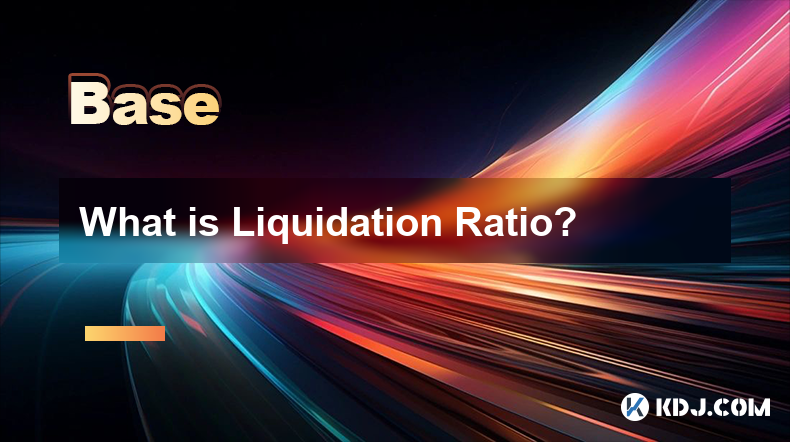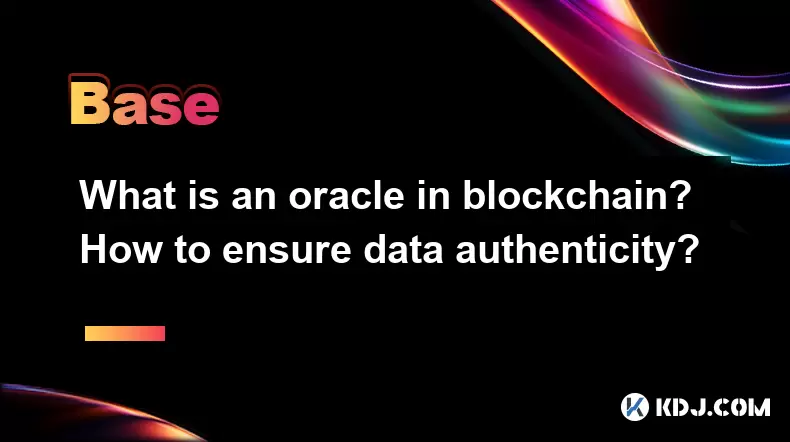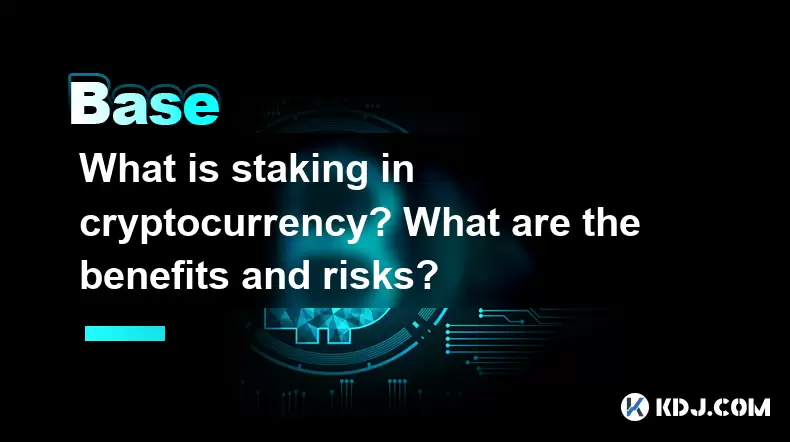-
 Bitcoin
Bitcoin $107,352.1067
0.28% -
 Ethereum
Ethereum $2,429.3531
-0.90% -
 Tether USDt
Tether USDt $1.0001
-0.02% -
 XRP
XRP $2.1894
4.62% -
 BNB
BNB $646.7968
0.36% -
 Solana
Solana $147.4290
4.03% -
 USDC
USDC $0.9998
-0.02% -
 TRON
TRON $0.2756
1.52% -
 Dogecoin
Dogecoin $0.1630
1.14% -
 Cardano
Cardano $0.5612
1.18% -
 Hyperliquid
Hyperliquid $37.0580
-0.05% -
 Bitcoin Cash
Bitcoin Cash $496.9410
-0.09% -
 Sui
Sui $2.7318
3.19% -
 Chainlink
Chainlink $13.1503
0.58% -
 UNUS SED LEO
UNUS SED LEO $9.0766
0.55% -
 Avalanche
Avalanche $17.7220
1.46% -
 Stellar
Stellar $0.2380
1.52% -
 Toncoin
Toncoin $2.8439
0.38% -
 Shiba Inu
Shiba Inu $0.0...01143
1.84% -
 Litecoin
Litecoin $85.8053
1.47% -
 Hedera
Hedera $0.1483
2.70% -
 Monero
Monero $314.3240
2.12% -
 Bitget Token
Bitget Token $4.6725
0.77% -
 Dai
Dai $1.0000
0.00% -
 Polkadot
Polkadot $3.3555
1.28% -
 Ethena USDe
Ethena USDe $1.0001
0.02% -
 Uniswap
Uniswap $7.0890
2.64% -
 Pi
Pi $0.5355
-3.40% -
 Pepe
Pepe $0.0...09393
1.06% -
 Aave
Aave $256.8136
-1.90%
What is Liquidation Ratio?
Cryptocurrency lending's liquidation ratio, calculated as collateral value divided by loan amount, reveals the risk of a borrower's position being liquidated due to price drops. A high ratio indicates lower risk, while a low ratio signals higher risk and potential for automated collateral sale.
Mar 11, 2025 at 07:46 am

Key Points:
- Liquidation ratio is a crucial metric in the cryptocurrency lending and margin trading space. It signifies the level of risk a lender or exchange assumes when extending credit or allowing leveraged positions.
- A low liquidation ratio indicates higher risk, as a small price movement can trigger liquidation. Conversely, a high liquidation ratio suggests lower risk.
- Understanding liquidation ratios is vital for both lenders and borrowers to mitigate potential losses. This involves careful monitoring of market volatility and appropriate risk management strategies.
- Different platforms use varying methods for calculating liquidation ratios; hence, understanding the specific methodology of each platform is essential.
- The calculation often involves the collateral value and the loan amount or leveraged position size.
What is Liquidation Ratio?
The liquidation ratio is a critical metric within the cryptocurrency ecosystem, particularly in the context of margin trading and lending platforms. It essentially represents the ratio between the value of the collateral provided by a borrower and the value of the loan or leveraged position they've taken. This ratio determines the level of risk involved for the lender or the exchange facilitating the trade. A simple way to think of it is as a safety net: how much cushion is there before a borrower's position becomes unsustainable.
How is Liquidation Ratio Calculated?
The exact calculation of the liquidation ratio can vary across different platforms. However, the fundamental principle remains the same: it's a comparison of collateral value to debt. A common formula is:
Liquidation Ratio = (Collateral Value) / (Loan Amount or Position Value)
For instance, if a trader borrows 1 BTC to buy more BTC, using 2 BTC as collateral, their liquidation ratio would be 2:1. This means they have twice the value in collateral compared to their loan.
What Does a High Liquidation Ratio Indicate?
A high liquidation ratio generally indicates a lower risk for the lender or exchange. This is because there's a significant buffer between the collateral value and the loan amount. Even if the cryptocurrency's price experiences a considerable drop, there's less likelihood of the collateral value falling below the loan amount, thus preventing liquidation. A high ratio often reflects a conservative approach to risk management by the borrower.
What Does a Low Liquidation Ratio Indicate?
A low liquidation ratio signifies a higher risk for the lender or exchange. This means the borrower's collateral value is only slightly higher (or even lower in extreme cases) than their loan amount. Even a small price fluctuation in the underlying cryptocurrency could result in the collateral value falling below the loan amount, triggering a liquidation event. Borrowers with low liquidation ratios are considered highly leveraged and are more vulnerable to market volatility.
How Does Liquidation Work?
When a borrower's liquidation ratio falls below a predetermined threshold set by the platform (the liquidation threshold), the platform automatically liquidates (sells) a portion or all of the borrower's collateral to repay the loan. This is a protective measure to minimize losses for the lender or exchange. The liquidation process is typically automated to ensure swift action in volatile market conditions.
What Factors Influence Liquidation Ratio?
Several factors influence the liquidation ratio:
- Collateral Value: The price of the cryptocurrency used as collateral directly impacts the ratio. Price increases lead to a higher ratio, while price decreases lower it.
- Loan Amount or Position Size: A larger loan or position size reduces the ratio, increasing the risk of liquidation.
- Liquidation Threshold: The threshold set by the platform determines the point at which liquidation is triggered. This threshold is usually below 1 to provide a safety margin.
- Market Volatility: High market volatility increases the probability of a liquidation event, regardless of the initial ratio.
Why is Understanding Liquidation Ratio Important?
Understanding the liquidation ratio is critical for both borrowers and lenders. For borrowers, it's essential for risk management, ensuring they maintain a sufficient collateral-to-loan ratio to avoid liquidation. For lenders, it helps in assessing the risk associated with each loan and making informed decisions on lending amounts and interest rates.
Different Platforms and their Liquidation Ratio Calculations:
Different cryptocurrency lending and margin trading platforms might use slightly different methodologies to calculate and apply the liquidation ratio. Some platforms might consider factors beyond the simple collateral-to-loan ratio, incorporating aspects like the health of the overall system or other risk metrics. It’s crucial to carefully read and understand the specific terms and conditions of each platform before engaging in margin trading or lending.
Liquidation Ratio and Risk Management:
Effective risk management strategies are paramount when dealing with liquidation ratios. Borrowers should monitor their positions continuously, particularly during periods of high market volatility. Adjusting positions or adding more collateral can help maintain a healthy liquidation ratio and reduce the risk of liquidation.
The Role of Leverage in Liquidation:
Leverage significantly amplifies both potential profits and losses. High leverage leads to lower liquidation ratios, increasing the susceptibility to liquidation events. Conversely, lower leverage results in higher liquidation ratios, offering more protection against price fluctuations. Understanding the relationship between leverage and liquidation ratio is vital for prudent trading.
Frequently Asked Questions:
Q: What happens if my liquidation ratio falls below the threshold?
A: The platform will automatically liquidate (sell) some or all of your collateral to cover your loan or position. This can result in significant losses if the price drops sharply.
Q: Can I avoid liquidation?
A: Yes, you can avoid liquidation by maintaining a healthy liquidation ratio above the platform's threshold. This involves monitoring your position, adjusting leverage, or adding more collateral as needed.
Q: What is the typical liquidation ratio threshold?
A: The threshold varies between platforms, but it's generally below 1, often around 0.8 or even lower, to provide a safety margin. The exact figure will be specified in the platform's terms of service.
Q: Is liquidation always a bad thing?
A: While liquidation can lead to losses, it's a necessary mechanism to protect lenders and exchanges from significant financial risk in volatile markets. It prevents further losses by cutting off highly leveraged positions.
Q: How can I calculate my liquidation ratio?
A: Most platforms display your current liquidation ratio on your account dashboard. The calculation usually involves dividing your collateral value by your loan amount or position size. Refer to your platform's documentation for specifics.
Disclaimer:info@kdj.com
The information provided is not trading advice. kdj.com does not assume any responsibility for any investments made based on the information provided in this article. Cryptocurrencies are highly volatile and it is highly recommended that you invest with caution after thorough research!
If you believe that the content used on this website infringes your copyright, please contact us immediately (info@kdj.com) and we will delete it promptly.
- RUVI Token Soars: Can It Eclipse Cardano's Forecast?
- 2025-06-29 02:30:12
- Meme Coin Mania: Can Little Pepe Outshine Shiba Inu and Dogecoin?
- 2025-06-29 02:30:12
- XRP Tokens: Navigating Financial Status and the Art of Buying In
- 2025-06-29 02:50:12
- Shiba Inu, Trump Coin, and the Crypto Bull Run: What's the Deal?
- 2025-06-29 03:50:12
- Coinbase on the 2025 List of Influential Companies: A Crypto Powerhouse?
- 2025-06-29 04:10:12
- Solana, Shiba Inu, and Pepe Coin: What's Hot and What's Not in the Crypto World
- 2025-06-29 03:55:13
Related knowledge

What is an oracle in blockchain? How to ensure data authenticity?
Jun 19,2025 at 08:49pm
Understanding the Role of an Oracle in BlockchainIn the context of blockchain technology, an oracle serves as a bridge between the blockchain and external data sources. While blockchains are inherently secure and decentralized, they cannot access real-world information on their own. Oracles enable smart contracts to interact with off-chain data such as ...

What are ICOs and IDOs in cryptocurrency? How to identify high-quality projects?
Jun 22,2025 at 11:49am
Understanding ICOs in CryptocurrencyInitial Coin Offerings (ICOs) are fundraising mechanisms used by cryptocurrency startups to raise capital for their projects. In an ICO, a company creates and sells its own tokens to investors in exchange for established cryptocurrencies like Bitcoin or Ethereum. The process typically involves the release of a whitepa...

What is the core concept of Web3.0? How is it different from Web2.0?
Jun 21,2025 at 05:56pm
Decentralization as the Foundation of Web3.0The core concept of Web3.0 revolves around decentralization, which fundamentally challenges the centralized architecture of Web2.0. In Web3.0, control and ownership are distributed across a network rather than being held by a central authority or corporation. This is achieved primarily through blockchain techn...

What is blockchain gaming (GameFi)? How to make money while playing?
Jun 20,2025 at 07:56am
Understanding Blockchain Gaming (GameFi)Blockchain gaming, often referred to as GameFi, is a fusion of blockchain technology and video games. It enables players to own in-game assets through non-fungible tokens (NFTs) and earn rewards via cryptocurrencies or token-based systems. Unlike traditional games where items are controlled by centralized develope...

What is staking in cryptocurrency? What are the benefits and risks?
Jun 22,2025 at 10:01am
Understanding the Concept of Staking in CryptocurrencyStaking in cryptocurrency refers to the process of actively participating in transaction validation on a blockchain network that uses a Proof-of-Stake (PoS) consensus mechanism. Instead of miners competing to solve complex mathematical puzzles as in Proof-of-Work systems like Bitcoin, PoS blockchains...

How does the Lightning Network solve Bitcoin congestion? What is the usage process?
Jun 23,2025 at 06:21pm
Understanding Bitcoin Network CongestionBitcoin, as a decentralized digital currency, operates on a blockchain that records every transaction in a public ledger. Each block has a limited size, typically 1 megabyte, which allows for only a certain number of transactions per second (TPS). When the number of transactions increases, the network becomes cong...

What is an oracle in blockchain? How to ensure data authenticity?
Jun 19,2025 at 08:49pm
Understanding the Role of an Oracle in BlockchainIn the context of blockchain technology, an oracle serves as a bridge between the blockchain and external data sources. While blockchains are inherently secure and decentralized, they cannot access real-world information on their own. Oracles enable smart contracts to interact with off-chain data such as ...

What are ICOs and IDOs in cryptocurrency? How to identify high-quality projects?
Jun 22,2025 at 11:49am
Understanding ICOs in CryptocurrencyInitial Coin Offerings (ICOs) are fundraising mechanisms used by cryptocurrency startups to raise capital for their projects. In an ICO, a company creates and sells its own tokens to investors in exchange for established cryptocurrencies like Bitcoin or Ethereum. The process typically involves the release of a whitepa...

What is the core concept of Web3.0? How is it different from Web2.0?
Jun 21,2025 at 05:56pm
Decentralization as the Foundation of Web3.0The core concept of Web3.0 revolves around decentralization, which fundamentally challenges the centralized architecture of Web2.0. In Web3.0, control and ownership are distributed across a network rather than being held by a central authority or corporation. This is achieved primarily through blockchain techn...

What is blockchain gaming (GameFi)? How to make money while playing?
Jun 20,2025 at 07:56am
Understanding Blockchain Gaming (GameFi)Blockchain gaming, often referred to as GameFi, is a fusion of blockchain technology and video games. It enables players to own in-game assets through non-fungible tokens (NFTs) and earn rewards via cryptocurrencies or token-based systems. Unlike traditional games where items are controlled by centralized develope...

What is staking in cryptocurrency? What are the benefits and risks?
Jun 22,2025 at 10:01am
Understanding the Concept of Staking in CryptocurrencyStaking in cryptocurrency refers to the process of actively participating in transaction validation on a blockchain network that uses a Proof-of-Stake (PoS) consensus mechanism. Instead of miners competing to solve complex mathematical puzzles as in Proof-of-Work systems like Bitcoin, PoS blockchains...

How does the Lightning Network solve Bitcoin congestion? What is the usage process?
Jun 23,2025 at 06:21pm
Understanding Bitcoin Network CongestionBitcoin, as a decentralized digital currency, operates on a blockchain that records every transaction in a public ledger. Each block has a limited size, typically 1 megabyte, which allows for only a certain number of transactions per second (TPS). When the number of transactions increases, the network becomes cong...
See all articles

























































































